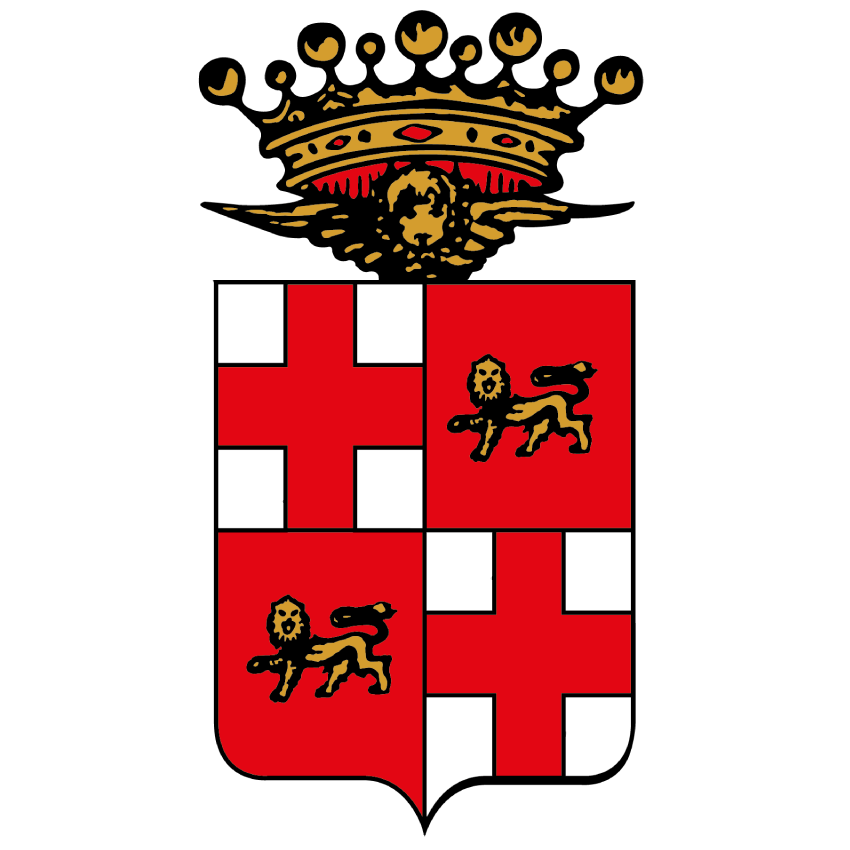Rubatà of Chieri, are breadsticks, a savoury bakery product typical of cooking in Piedmont. Their name comes from Piedmontese dialect, in which it means “fallen”, referring in effect to the technique used to prepare them. To be exact, this refers to the technique of the baker in taking the freshly hand-rolled breadsticks with their tips and rolling them around their thumbs with the palms of the hands closed together, then letting them “fall”, or rather “rubatè” in dialect, gently but firmly on the rolling board to make the dough more compact. They are 1 – 1.5 centimeters in diameter and easy to recognise because of their knobbly appearance, due to them being prepared by hand. There are various recipes, handed down from father to son, and the secret of their preparation lies in the dough. It is the dosage of the ingredients and the water from around Chieri which makes them particularly tasty. The Rubatà of Chieri are included on the list of Italian traditional agri-food products published by the Ministry for Agricultural, Foodstuffs and Forestry Policy. The Rubatà should not be confused with another protected variety of traditional breadstick, called the Grissino Stirato, or stretched breadstick, another product typical of Chieri but invented more recently. The difference is in the dough, which is not worked by rolling, but is stretched by the baker.


